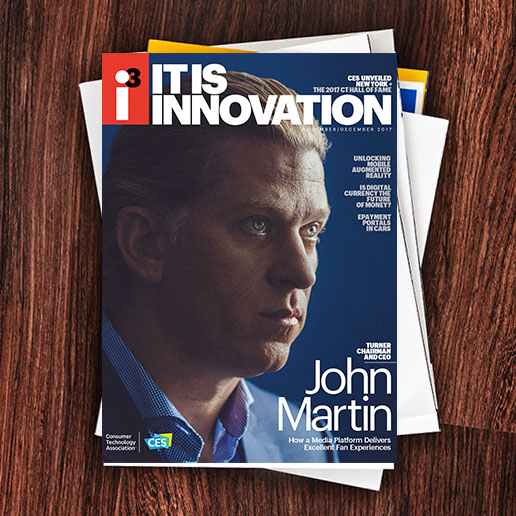Consumers now have many options to watch video content. ATSC 3.0, the next-generation DTV broadcast standard, prepares for a probable debut in 2019. What’s significant is the new ATSC 3.0 standard allows broadcasters to combine their “free-to-air” service with additional OTT-like features, like custom recommendations for programs to watch or resuming a program where you stopped watching. Based on the trend, ATSC 3.0 has the potential to further disrupt the landscape of video content sources, but much depends on the ultimate features and benefits broadcasters will deliver with the new DTV standard.
While we wait for ATSC 3.0, CTA expects disruption to deepen as cordcutter ranks are expected to grow. CTA’s Impact of Next-Gen TV on Consumer Behavior study (August 2017) explores current and future video content sourcing behaviors and ATSC 3.0’s potential influence on this dynamic. The analysis shows 63 percent of U.S. online adults say they use pay TV as a video source at home. However, only 54 percent of these consumers expect to employ this content source in the next 12 months.
Helping take up the sourcing slack, use of OTA/antenna as a video source is expected to rise over the next 12 months by four percentage points (from 21 percent to 25 percent), with the biggest shift among adults 40 and over (18 percent vs. 26 percent in the next 12 months). More, the new frontier of paid live-TV streaming subscriptions — also called skinny bundles — are expected to rise to a household penetration of 22 percent, over the next 12 months, up from 15 percent.
While pay TV is expected to reign as the top source for video content over the next year, 21 percent of subscribers surveyed say they are likely to scale back their subscriptions during this timeframe. Most of these consumers (53 percent) claim they will replace scaled-back pay TV content with SVOD content like Netflix. More interestingly, 39 percent say they will replace pay TV content with (free) broadcast TV.
The expansion of the community of cord-cutters (and cord-nevers) coupled with the anticipated downsizing of pay TV subscriptions is a welcome mat for ATSC 3.0. The exact timing and method for the rollout of the new standard remains clouded pending final FCC rules, expected to be issued no later than Q1 2018. While that process unfolds, the market conditions and consumer mindset are clearly favorable for the capabilities offered by ATSC 3.0.
CTA’s research found that consumers will most value better picture quality such as broadcasts in 4K UHD, VOD features that mirror the OTT experience, and better sound quality. The planned deployment of ATSC 3.0 comes when many consumers are adjusting their portfolio of content sources to fit their needs.
Consumers will benefit from the mix of OTT, pay TV and OTA services all competing to provide personalized content when and where they want it. Download CTA’s study on the member site for more perspective on video trends.

i3, the flagship magazine from the Consumer Technology Association (CTA)®, focuses on innovation in technology, policy and business as well as the entrepreneurs, industry leaders and startups that grow the consumer technology industry. Subscriptions to i3 are available free to qualified participants in the consumer electronics industry.